calsfoundation@cals.org
Dale Bumpers Small Farms Research Center
The Dale Bumpers Small Farms Research Center is located on 2,214 acres in Booneville (Logan County). The center, part of the Agricultural Research Service (ARS) of the U.S. Department of Agriculture (USDA), conducts research to develop innovative strategies and technologies for small and medium-size forage/livestock/agroforestry farms in order to conserve natural resources and improve economic viability and environmental quality. Research focuses on strategies for increasing profitability of small farms by reducing parasite load and enhancing the genetics of small ruminants; developing foraging plans for livestock, including organic production systems; and integrating agroforestry systems and sustainable manure management practices. The center employs more than thirty people—including scientists, research specialists, and students—and cooperates with partners throughout the United States.
The center was established in 1980 by a select committee for the Booneville Chamber of Commerce, which was appointed to research the use of state land outside of town. The state land had formerly housed the Arkansas State Tuberculosis Sanatorium and had provided farmland used by state correctional facilities. The sanatorium was turned into the Booneville Human Development Center, and acreage from the farmland was leased to the USDA after much support from local, state, and federal legislators and agencies.
Scientists at the center developed and patented in 2010 the ARS Subsurfer, which employs unique technology for commercial-scale application of dry poultry litter under the surface of perennial pastures and other no-till systems. Center research shows that applying litter in shallow trenches below the soil surface instead of surface spreading can improve water quality by preventing more than ninety percent of nutrient losses in surface runoff. This method also prevents ammonia nitrogen loss to the atmosphere, decreases runoff volume by increasing water-holding capacity of the soil, increases crop yield and quality by retaining nutrients and water in the soil, and controls nuisance odor problems often associated with surface litter applications. The team has also studied the effects of poultry litter application methods on nutrient runoff to watersheds and is in the process of a twenty-year study evaluating the long-term effects of grazing management and buffer strips on nutrient runoff and soil erosion from pastures.
The center has cow-calf and stocker cattle that graze temperate pastures in the transition zone between warm- and cool-season forages. The cattle research is conducted to maximize profits from beef cattle production while encompassing animal welfare and environmental concerns.
Parasitic worms represent one of the greatest health problems for grazing livestock worldwide. Parasitic worms have developed resistance to most chemical dewormers, leaving sheep and goats susceptible to worms that cause anemia and death. Scientists at the center have conducted research on alternatives to chemical dewormers, including the use of copper oxide wire particles, nutrient- rich and condensed tannin-containing forages, grazing management, and selection of livestock resistant to parasitic infection. The sheep were selected over a ten-year period to be tolerant to internal parasites. Meat goats have been selected for health traits such as good feet (resistant to foot rot) and parasite tolerance.
All small ruminants are raised on grass-based pastures, and the center has the only organically certified research pastures in the ARS. The center also carries a certification from the voluntary organization, Animal Welfare Approved (AWA), which encourages farm animals to be raised to the highest animal welfare and environmental standards. Their program was founded for farms to meet the growing demand of meat, eggs, and dairy products from animals treated with high welfare practices and managed with the environment in mind.
The center has about seventy acres of plantation-grown loblolly pine. One stand of about thirty acres is composed of four different row orientations, providing a unique opportunity to determine how plantation establishment affects tree growth and alley crop production. These pine stands allow the center to conduct unique studies on tree growth, pine straw production, ecosystem services associated with pine production, and agroforestry (alley cropping). Merging agroforestry with organic agriculture allows the center to evaluate alternative crops such as bristly locust for goat browse.
For additional information:
Dale Bumpers Small Farms Research Center. http://www.ars.usda.gov/main/site_main.htm?modecode=60-20-05-00 (accessed November 24, 2020).
Annie Donoghue
Dale Bumpers Small Farms Research Center
 Divergent Prosperity and the Arc of Reform, 1968–2022
Divergent Prosperity and the Arc of Reform, 1968–2022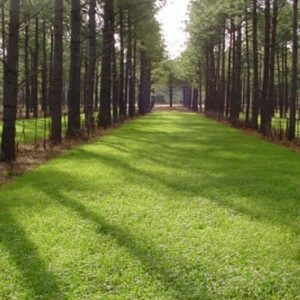 Alleycropping
Alleycropping 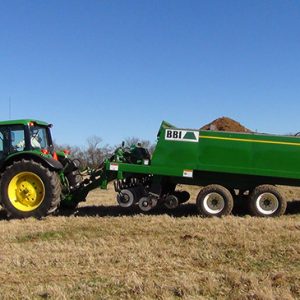 Litter Applicator
Litter Applicator 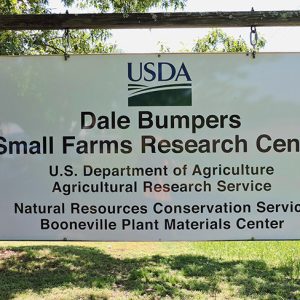 Research Center Headquarters Sign
Research Center Headquarters Sign 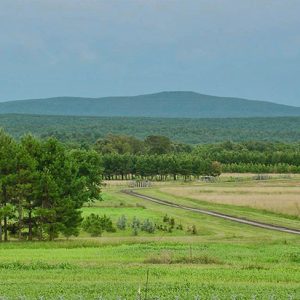 Research Plots
Research Plots 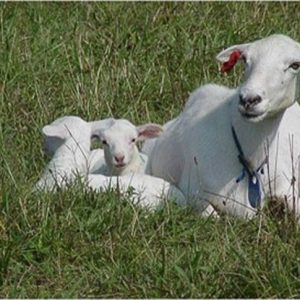 Research Sheep
Research Sheep 




Comments
No comments on this entry yet.